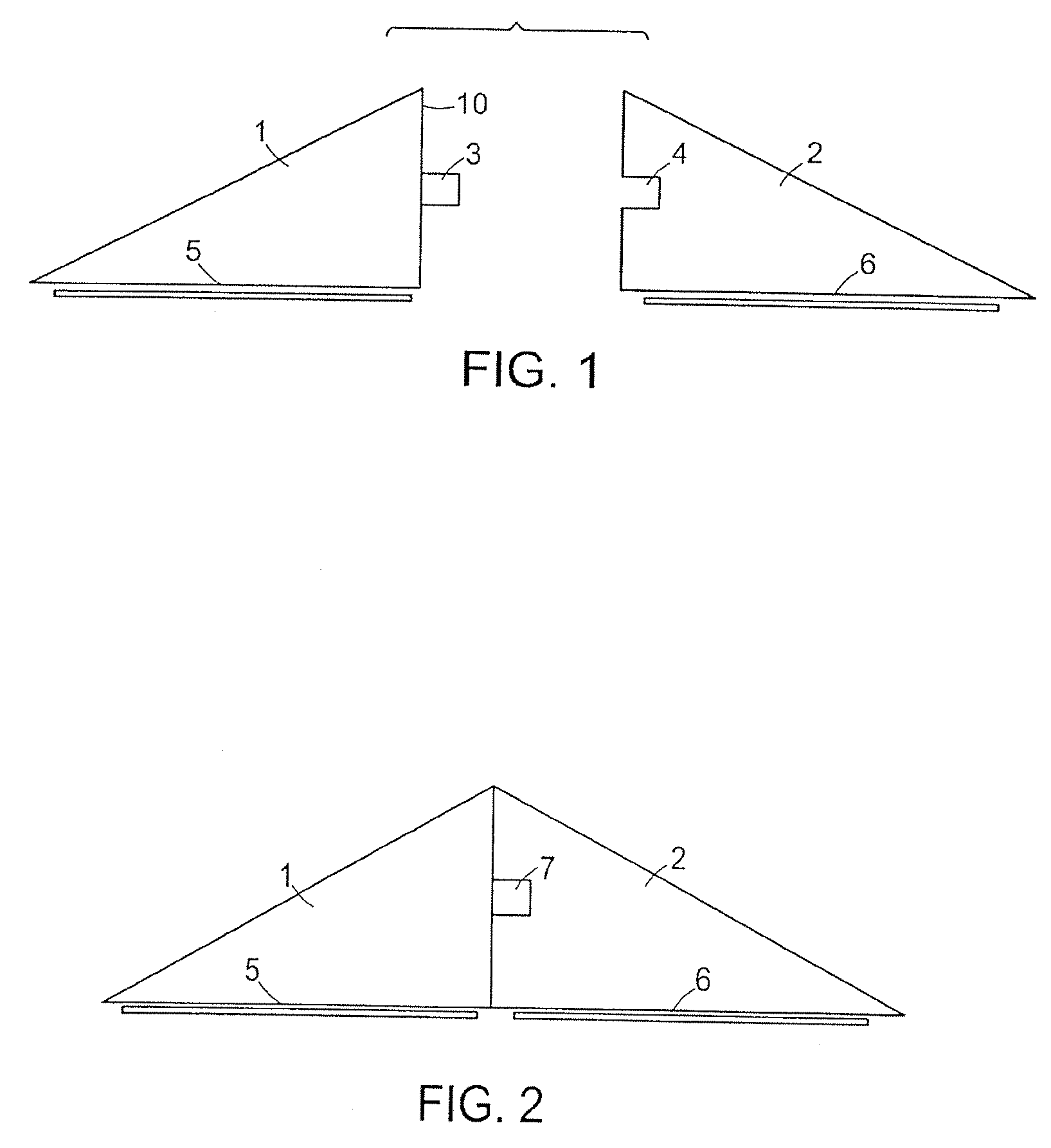Systems and methods for closing a tissue opening
a tissue opening and tissue technology, applied in the field of tissue opening closure devices, can solve the problems of traumatizing and compromising the integrity of the tissue opening and the nutrient blood supply to the healing tissue edges, exposing the surgeon, and increasing the possibility of infection, so as to achieve the optimal environment for wound healing, quick and easy affixed
- Summary
- Abstract
- Description
- Claims
- Application Information
AI Technical Summary
Benefits of technology
Problems solved by technology
Method used
Image
Examples
Embodiment Construction
[0102]Various embodiments of the invention relate to systems and methods for closing a tissue opening non-invasively. Additional embodiments of the invention relate to devices or kits structured to improve the process of wound closure. Further embodiments of the invention also relate to systems and devices for post-procedural wound care.
[0103]As used herein, a “wound” refers to any tissue opening, whether accidental or intentional, including but not limited to, a surgical incision, accidental laceration, or other form of injury. In various embodiments the wound is a tissue opening in the skin or other tissue. The wound may be in any animal, including human and non-human animals. In some embodiments, the wound is in a mammal or a non-human mammal.
[0104]By way of a non-limiting example, in some embodiments, a closure kit contains a treatment tray. The tray can have a multi-stage modular system for controlling the treatment environment. Unfolding packages within the tray creates a proc...
PUM
 Login to View More
Login to View More Abstract
Description
Claims
Application Information
 Login to View More
Login to View More - R&D
- Intellectual Property
- Life Sciences
- Materials
- Tech Scout
- Unparalleled Data Quality
- Higher Quality Content
- 60% Fewer Hallucinations
Browse by: Latest US Patents, China's latest patents, Technical Efficacy Thesaurus, Application Domain, Technology Topic, Popular Technical Reports.
© 2025 PatSnap. All rights reserved.Legal|Privacy policy|Modern Slavery Act Transparency Statement|Sitemap|About US| Contact US: help@patsnap.com



